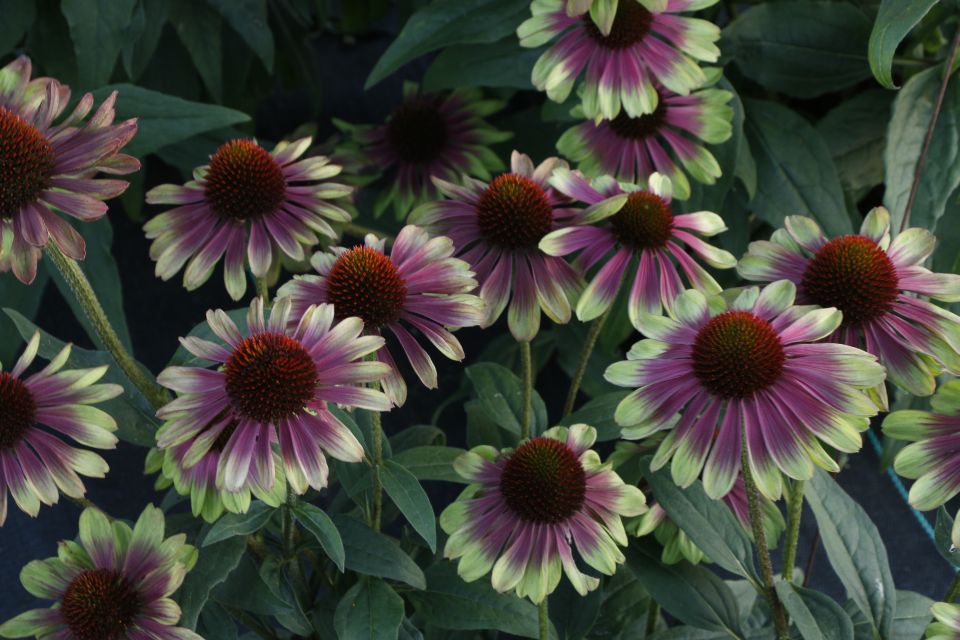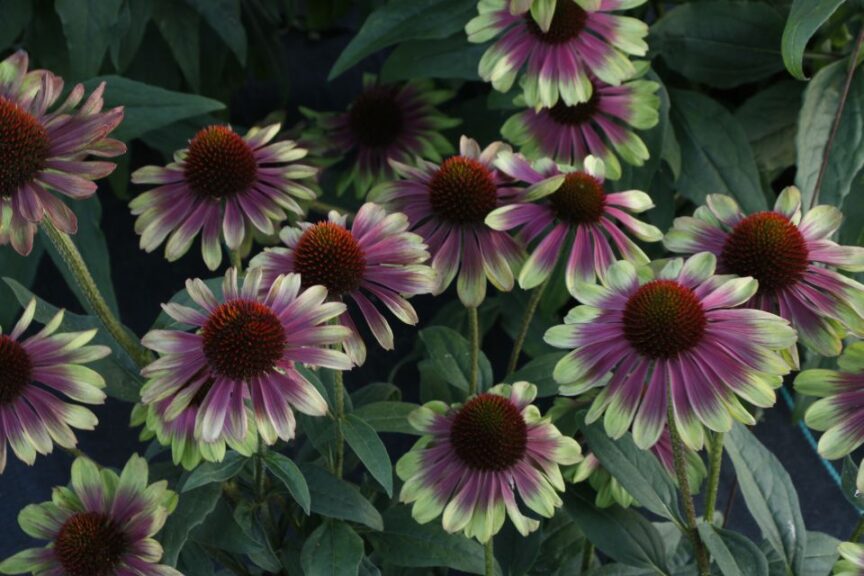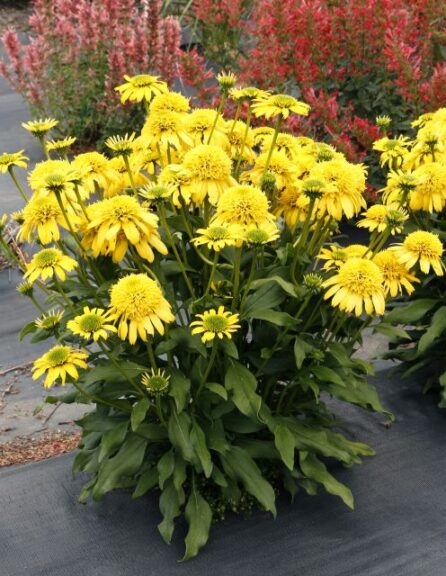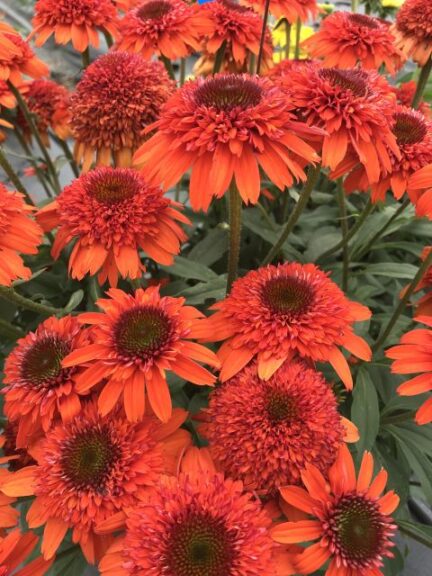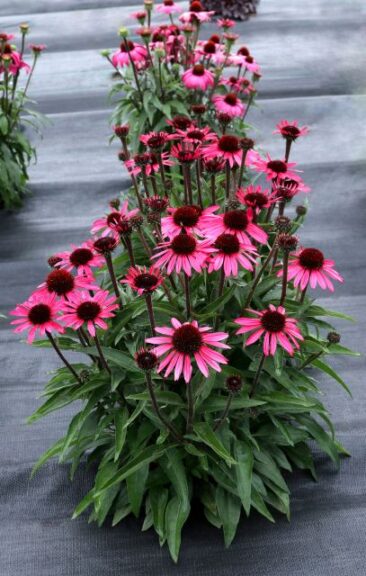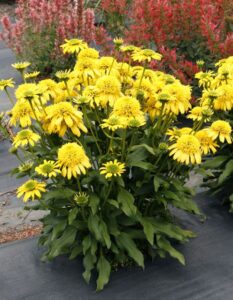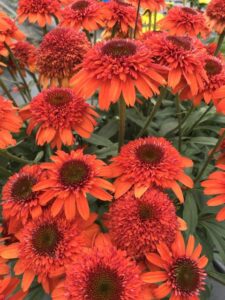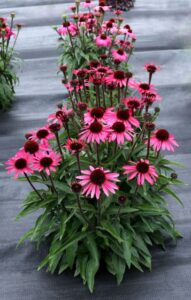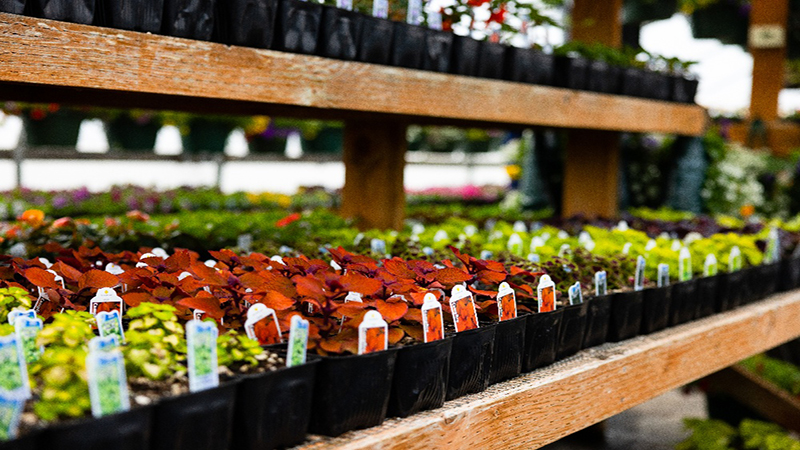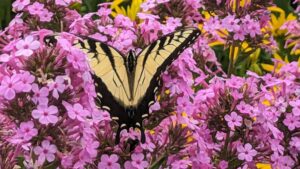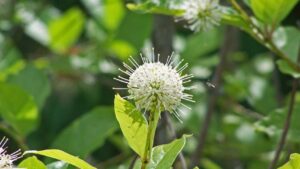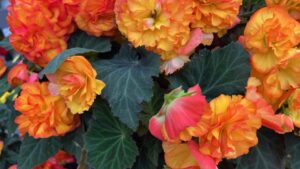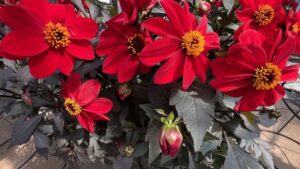How Echinaceas Became an American Horticulture Success Story
Terra Nova Nurseries, based in Canby, OR, has long been one of the most progressive breeders of ornamental plants in the modern horticulture era. Nothing quite demonstrates this as well as its array of Echinacea plants. Beginning from the simple Native American species, found dotting the prairies and meadows of mid-America and eastward to Tennessee, Terra Nova has turned spindly weeds into searing orange, glowing magenta, and a virtual rainbow of colors, once not impossible in this genus.
In the early years of Echinacea breeding, Terra Nova discovered that gorgeous colors were pretty easy to make, but the plants were somewhat lacking in good, upright habits. This meant homeowners would have to put in a little extra effort to make them stand up in the garden. By increasing genetic combinations, introducing new species selections, and correcting flaws, Terra Nova has brought along new, exciting, and garden-worthy varieties that will not disappoint even the most sophisticated gardeners.
Overcoming Early Obstacles
Overall, today’s Echinacea market is on the climb, but the journey has been a rollercoaster since the first crosses in the 1990s that came from Jim Ault, Ph.D., of the Chicago Botanic Garden. Somewhat like a bad romance, gardeners swooned over the first hybrids, but then became disenchanted and even disappointed that the promise of this garden miracle never came true. Gardeners divorced themselves from Echinacea, only to be lured the following season with another seductive selection. It wasn’t until breeders took a critical look at their own work that the relationship improved between this genus and gardeners.
Breeders started selecting for a higher number of crowns emerging from the soil, which meant more stems, more foliage, more flowers, and a higher survival rate. As the quality of the plants improved, so did the popularity of Echinacea. Today, the problem isn’t the quality of the genetics; it’s the supply available to the market. Labor shortages, overcrowded labs that produce tissue culture plants, and shipping routes being disrupted are the enemies of Echinacea now.
Modern Echinaceas are changing the minds of growers and consumers alike. Originally classed as fussy, prima-donna plants, Echinaceas are coming into their own rather quickly thanks to thoughtful breeding and the feedback of trial gardens, growers, and consumers. Embarking on new breeding projects is a bit like rolling genetic dice, and the breeder must build on each roll, select the best, destroy the rest, and move on.
Overcoming the bad traits that several Echinacea species had, such as poor crown count and intolerance to some soil conditions, yet maintaining the desirable traits, including intense color and broad, non-droopy petals, was a challenge to say the least. Fortunately, breeders saw the potential in this American native and continued breeding and selecting. The result is absolutely one of the most successful in modern plant breeding. While it is true that every desirable garden plant started out as a weed somewhere, few genera have undergone such a rapid transformation as Echinacea.
The transformation of echinacea has been rather remarkable. They have come so far, so quickly, and the journey isn’t over yet.
Check out the slideshow above for a closer look at Terra Nova Nurseries’ echinacea lineup for the coming season.




